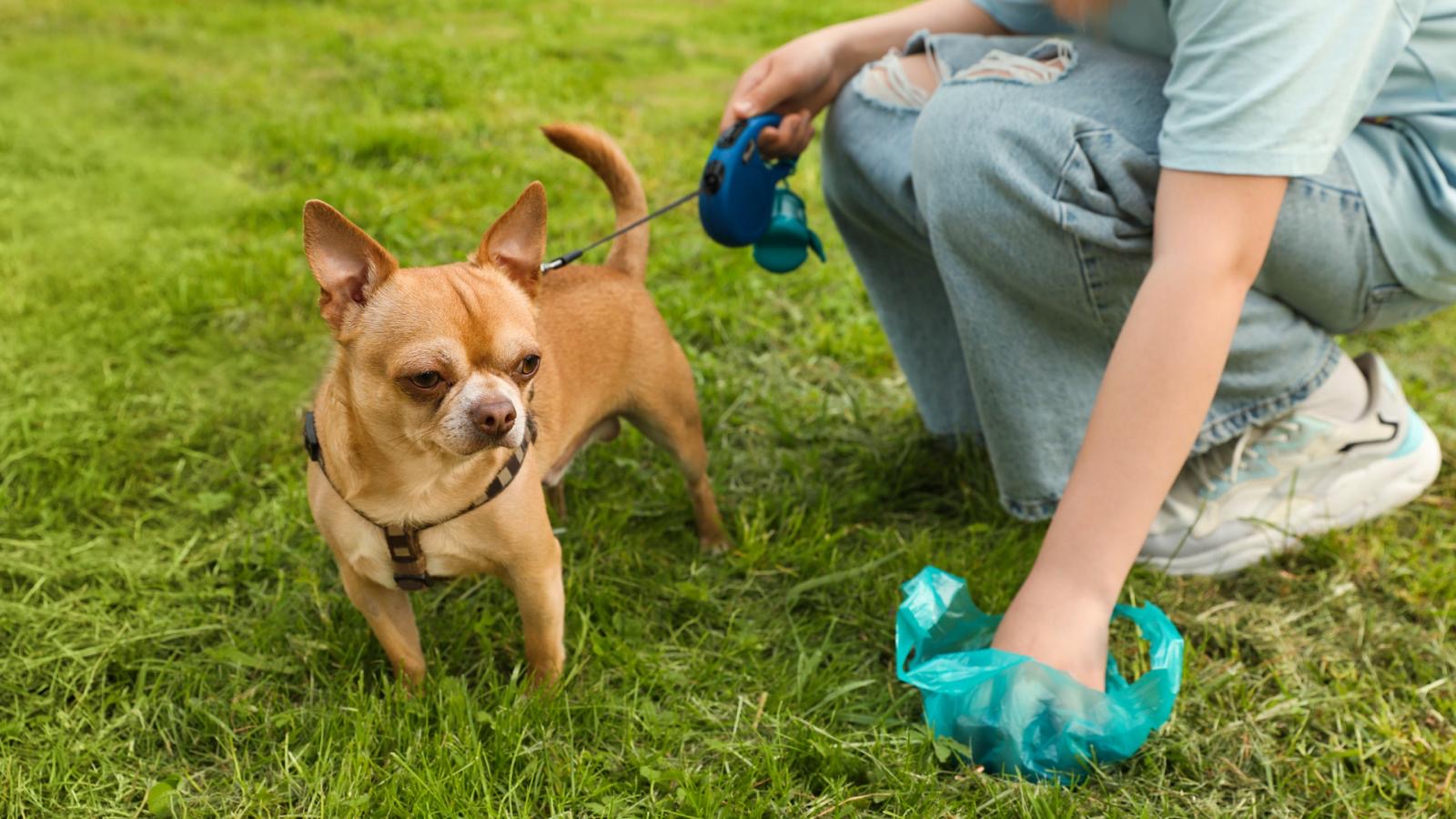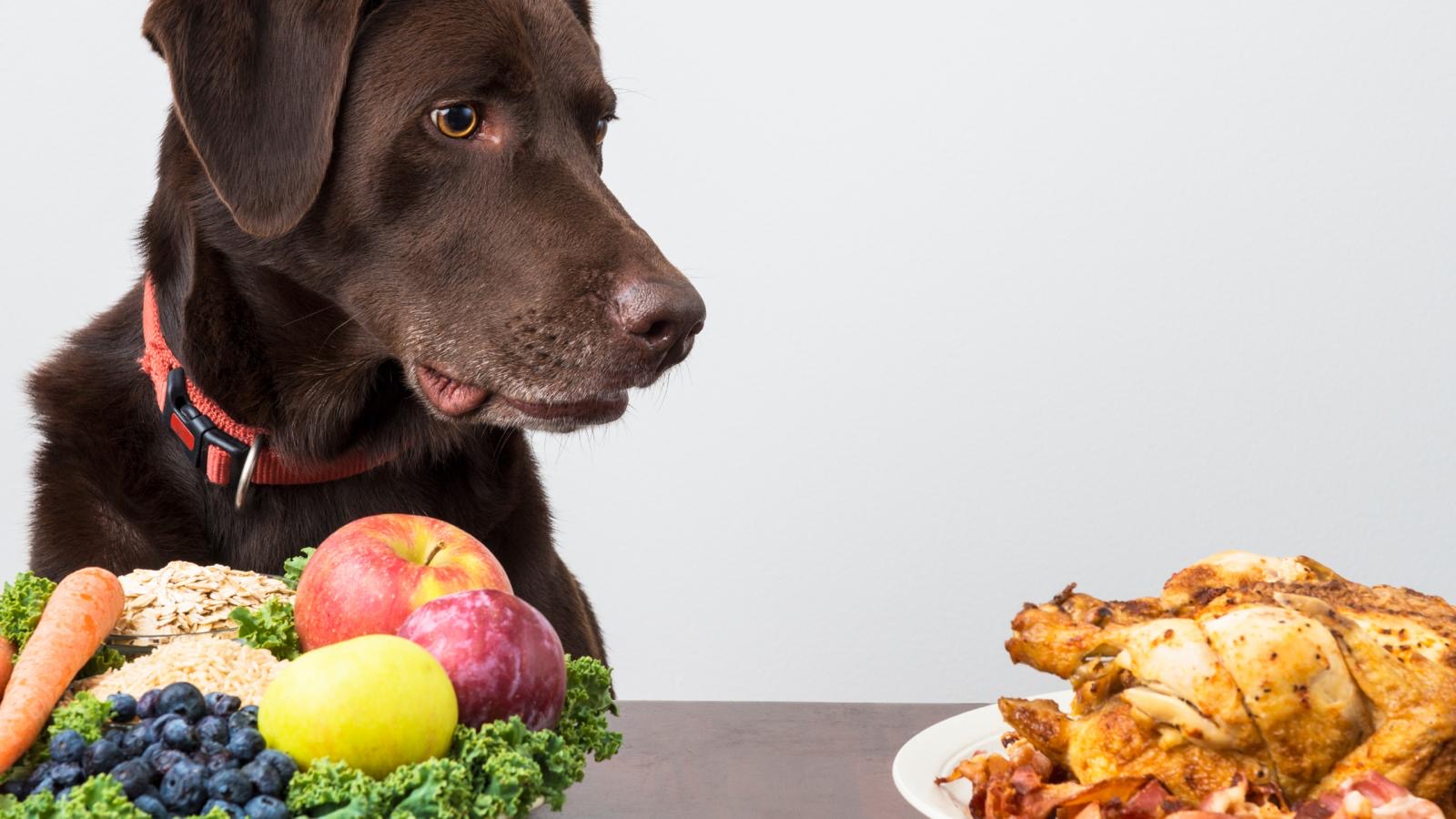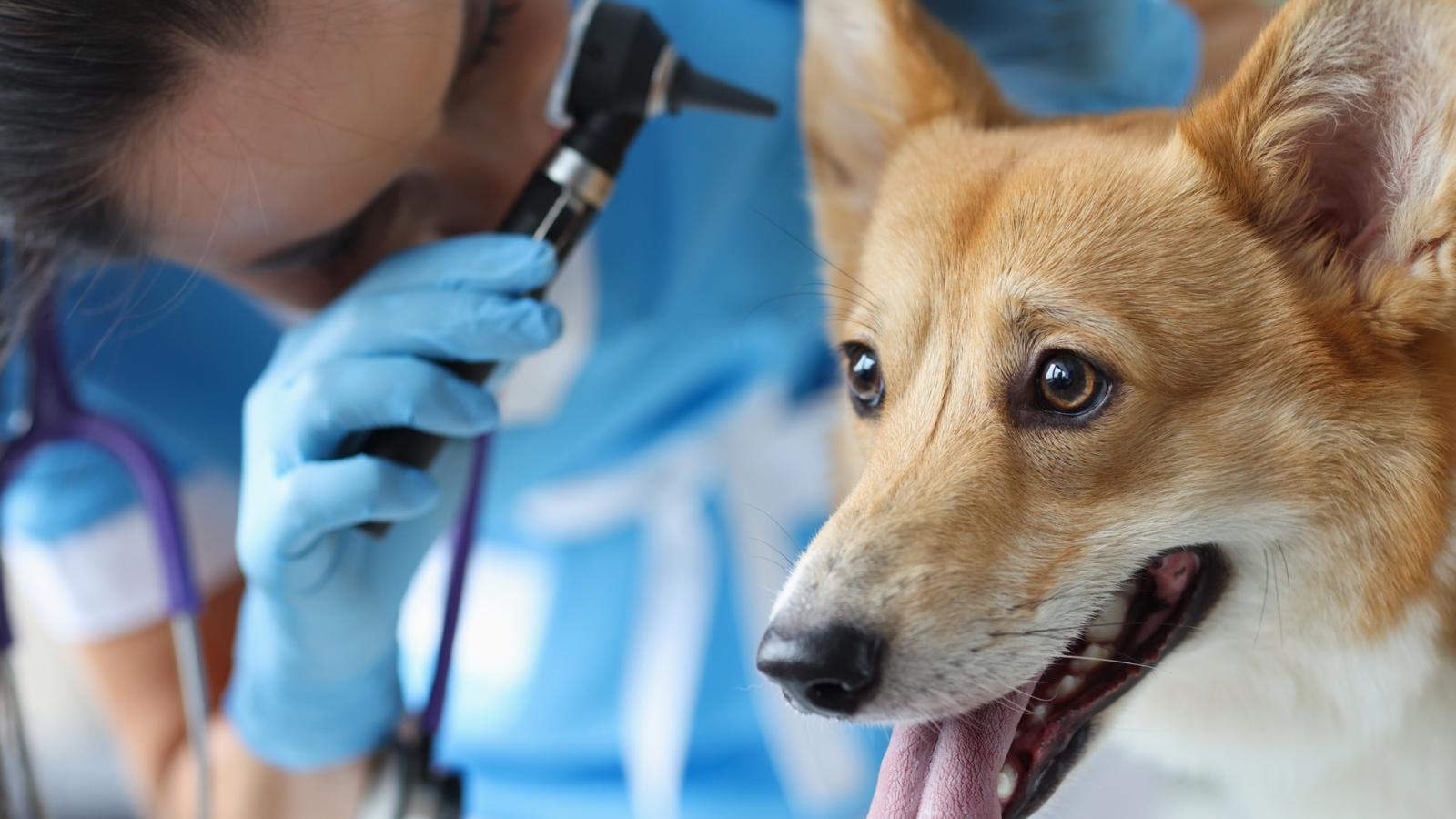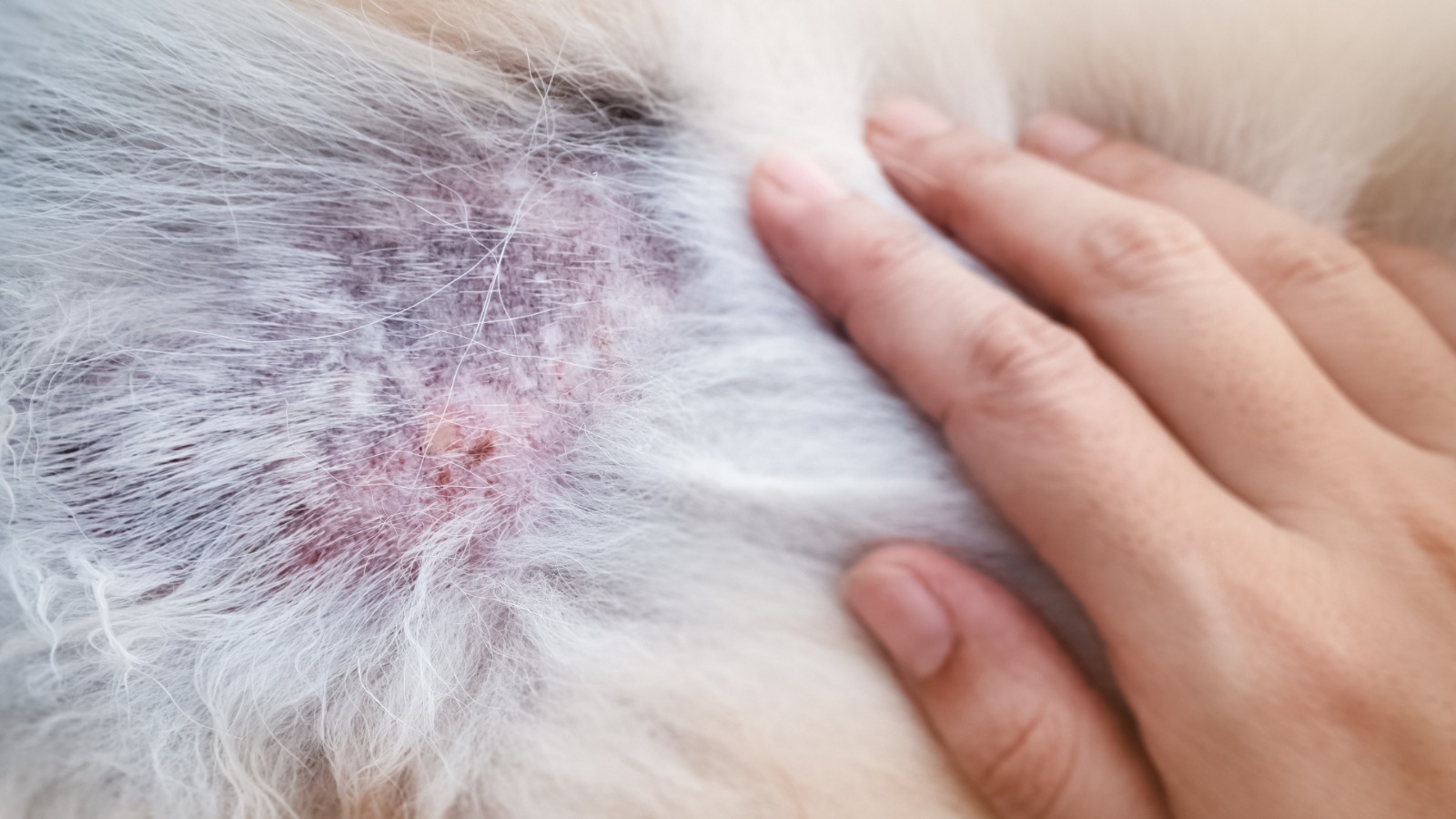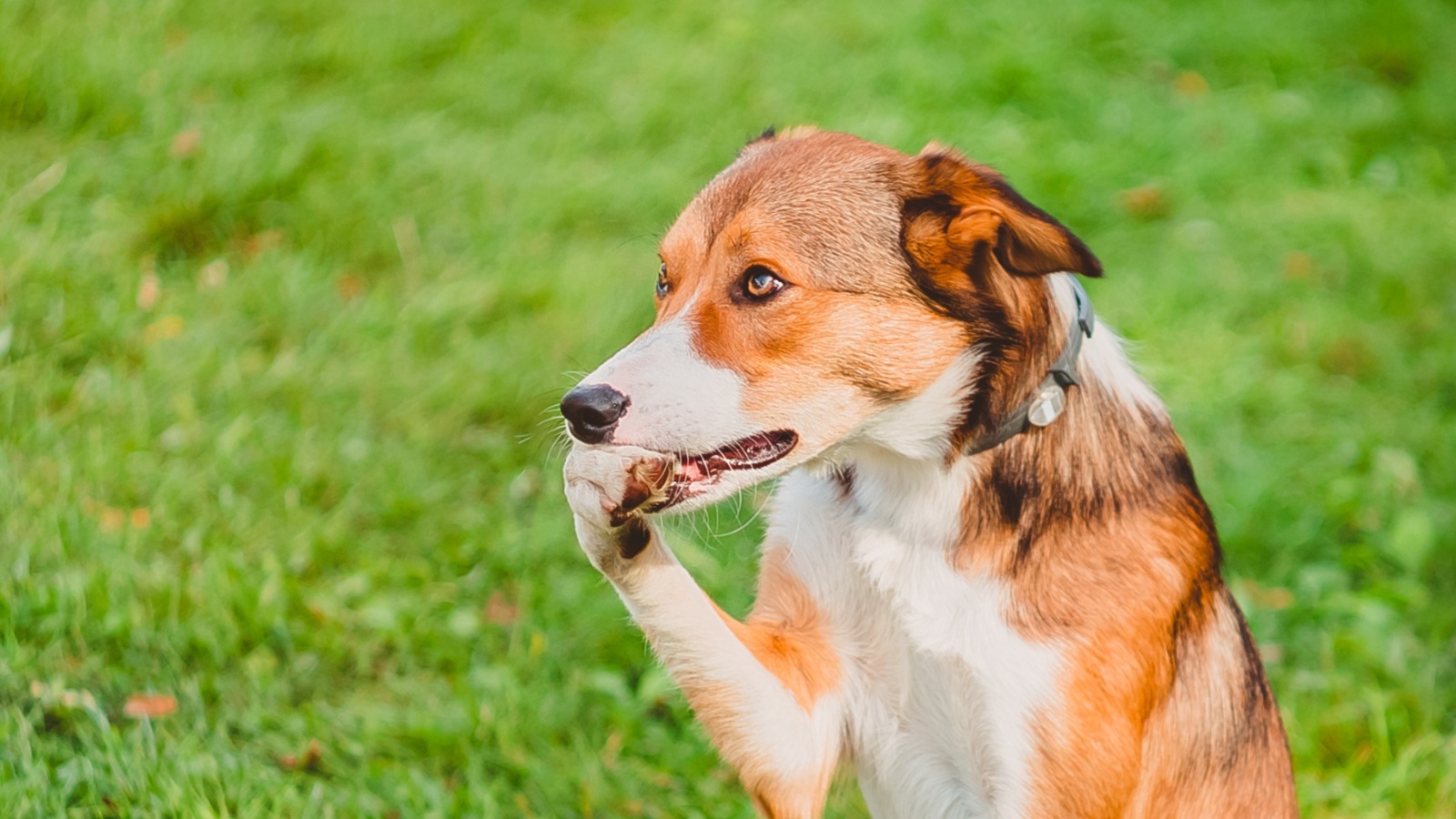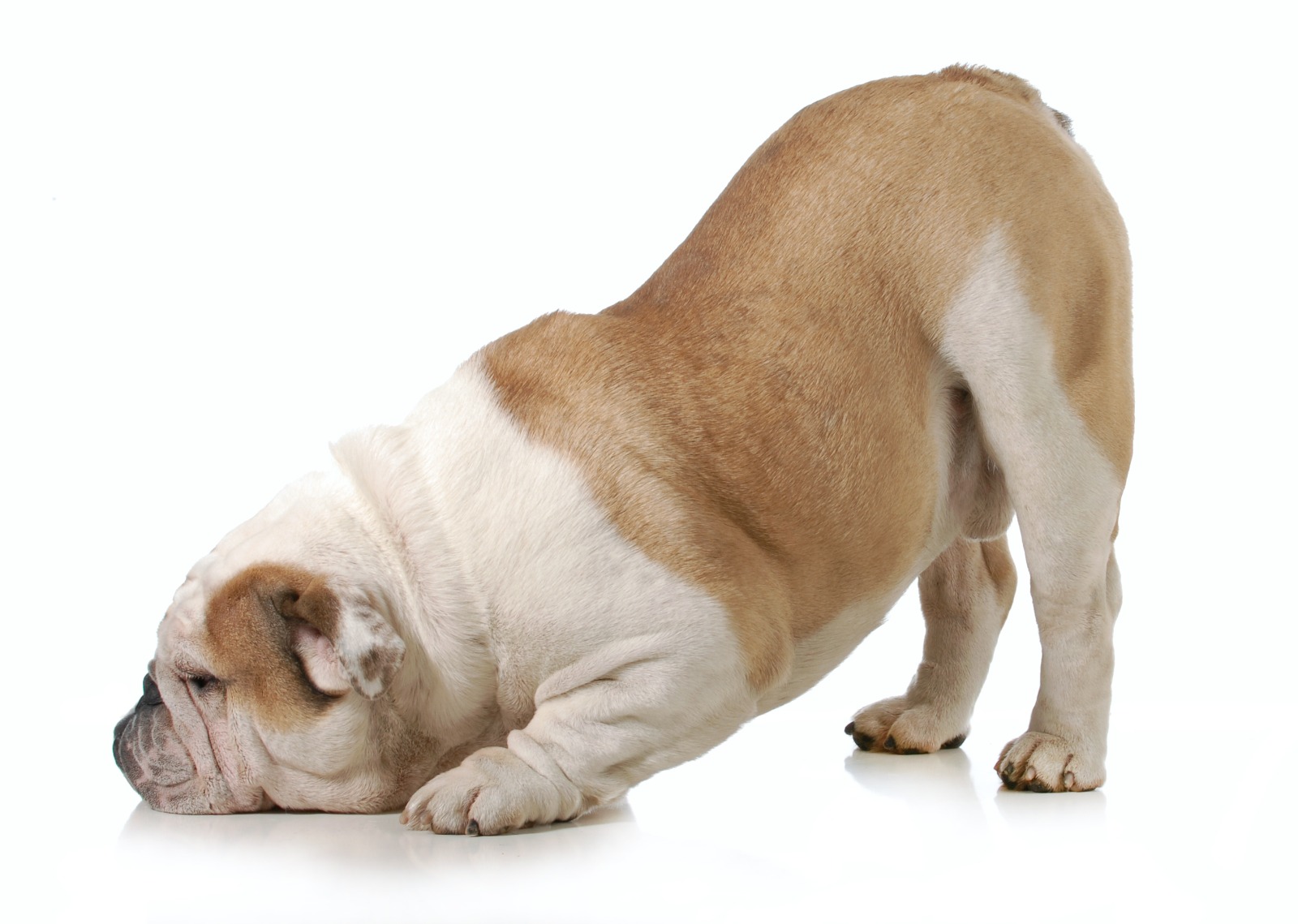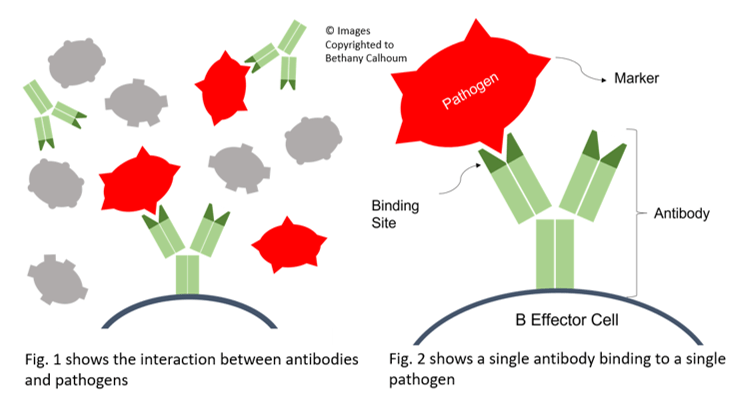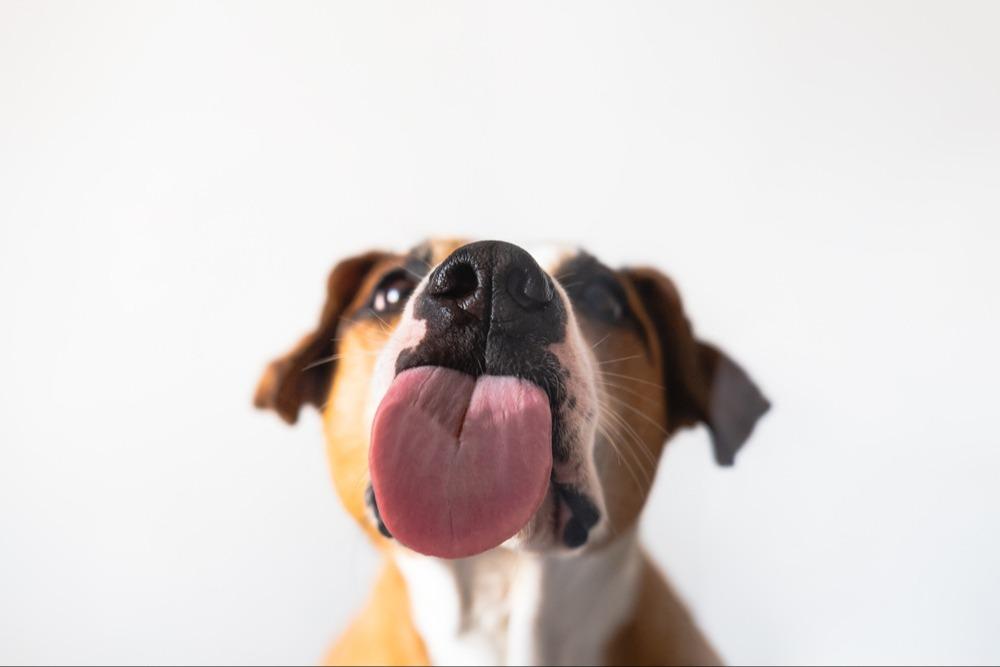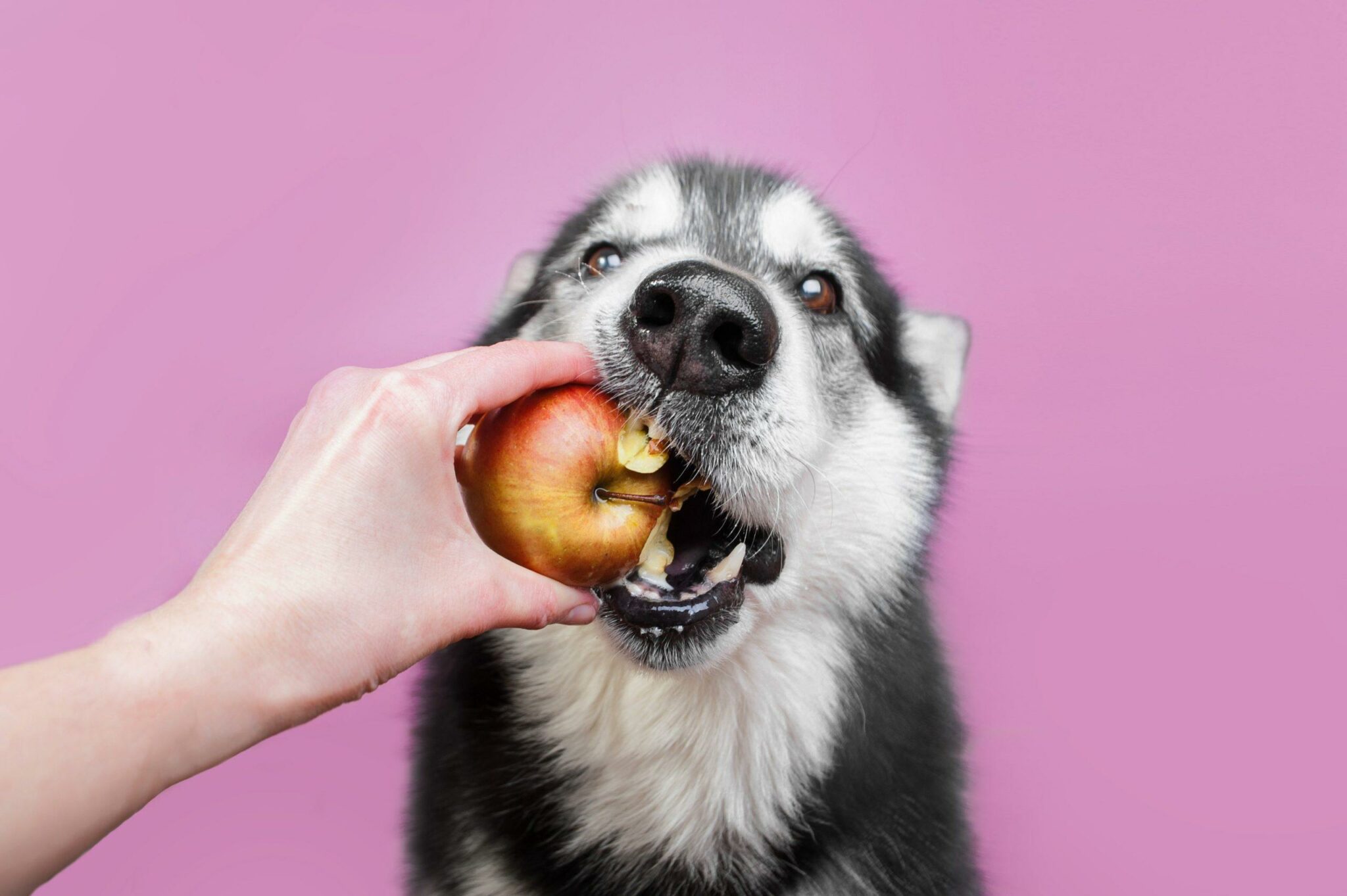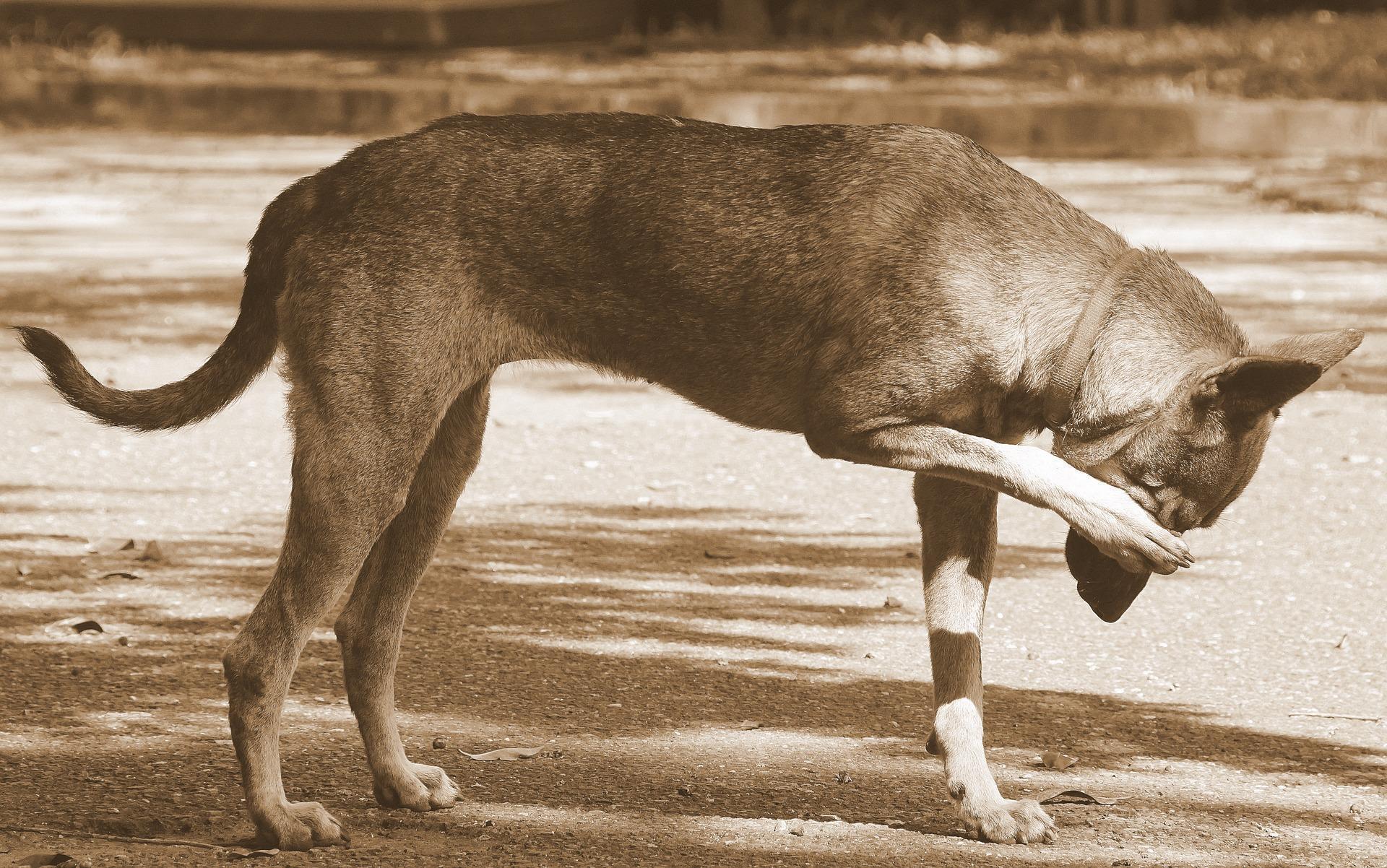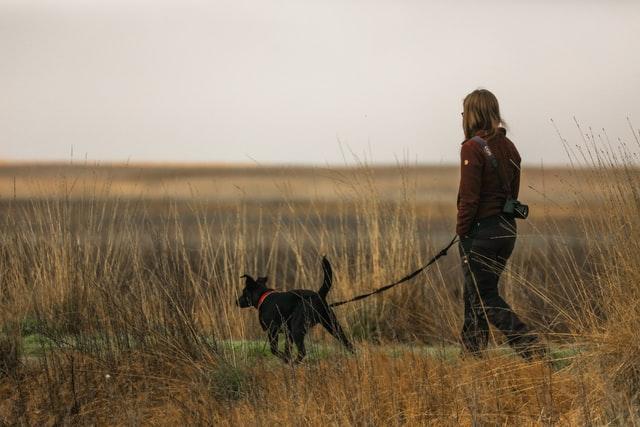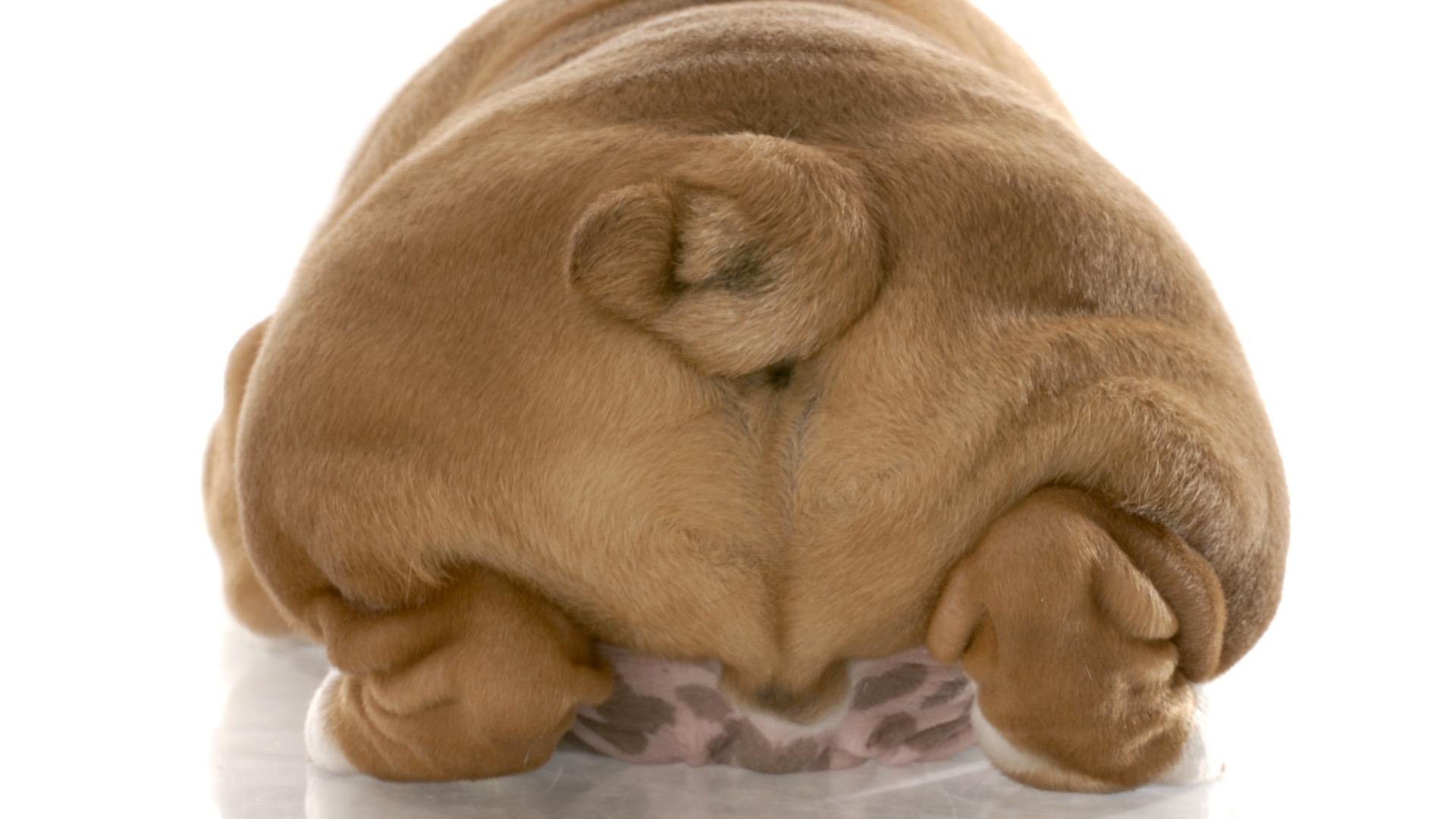This is the stuff of most owner’s nightmare’s! Wriggly worms in the poop isn’t exactly heart warming, but fear not, we are going to take look at the different types of worms and how to naturally prevent them. A little 101 on all the worms and how to effectively and safely ward them off and manage potential problems.
There are three main groups of worms to consider in our dogs, intestinal worms, these include, roundworm, whipworm, hookworm, tapeworm. Then we have lungworm and heartworm, although heartworm does not exist in the U.K.
ROUNDWORMS
Roundworms also know as toxocara canis are the most commonly found worms in our dogs. They have the appearance of spaghetti and can reach several inches long! They live in the intestinal tract of the dog and feed off undigested food. Roundworms are very common in puppies.
Transmission
Roundworms can be transmitted in several different ways. They can be passed from mother to puppy whilst in the womb and through the mothered milk when nursing. Roundworms can also be spread by sniffing or eating infected faeces or eating infected animals like rodents, birds and earthworms, that are of course infected.
Symptoms
Roundworms are the most serious for puppies and young dogs as they can suffer from malnutrition, weight loss and have pot dog pot bellied appearance, as well as vomiting and diarrhoea. You may also notice worms in your dogs poop or vomit.
Diagnosis
Faecal screen or visually identifying
WHIPWORMS
Whipworms also known as Trichuris vulpis, live in the caecum of a dog, this is a blind ended pocket located near the large intestine. They grow to around 30-50 mm in length and get their name from their whip like appearance with a thick anterior and a very long thin posterior. Whipworms attach themselves to the mucosal lining of the caecum and feed on blood and tissue fluids.
Transmission
Dogs become infected by consuming soil of faeces that is contaminated with whipworm eggs.
Symptoms
Whipworms cause serious irritation and inflammation of the lining of the caecum, causing watery, bloody diarrhoea, weigh loss, anaemia and lethargy. If infestation is large it can be fatal.
Diagnosis
Faecal screen
HOOKWORMS
Hookworms also know as ancylostoma caninum, get there name from their hook like mouth piece, they are around 3mm in size and very difficult to see with the naked eye. They hook themselves to the wall of intestines and ingest blood from the tiny vessels.
Transmission
Hookworms can be transmitted in several different ways, in utero, through mother’s milk, oral ingestion and the larva can burrow through the skin!
Symptoms
Hookworms can cause lots of symptoms including pale gums, bloody stools, poor growth, weakness and severe anaemia, that can lead to death. Hookworms can also cause dermatitis and itchy skin especially on the paws where the larva has buried into the skin.
Diagnosis
Faecal screen
TAPEWORMS
There are a lots of different species of tape worms, a common tapeworm is taenia echinococcus but the most commonly found species in U.K. dogs is dipylidium caninum, also known as the flea tapeworm. Tapeworms belong to the cestode family of parasitic worms, they are flat in shape. Tapeworms hook/suck onto the intestinal wall of the dog and absorb nutrients directly through their skin. Tapeworms are made up of segments, these are called proglottids that detach from the worm and are essentially a bag full of eggs, ready to infect the environment and their next host.
Transmission
Tapeworms are carried by live stock and your dog would need to ingest a cyst to be infected, the larva in that cyst would then grow into an adult tapeworm, if it is a flea tapeworm they must first ingest a flea that has been infected with tapeworm larva, that will develop into an adult tapeworm.
Symptoms
Tapeworms can cause a whole host of symptoms from dull coat, weight loss and vomiting. Dogs will often scoot and bite at their back end, and in some cases you will see a proglottide segment crawling around the anus.
Diagnosis
Faecal screen or seen proglottides in faeces.
LUNGWORM
Lungworm also known as French heartworm, Angiostrongylus Vasorum, live in the right ventricle of the heart and pulmonary arteries of our dogs.
Transmission
Lungworm is transmitted to our dog by either eating a slug or snail that is infected with lungworm larvae, the larvae can also be transmitted to our dogs through the slug/snails slime that is on dogs toys, water bowls or infected puddles. It be noted that not all snails and slugs are infected with lungworm.
Symptoms
Lungworms can cause serious damage if left untreated. There is lots of symptoms from vomiting, weight and appetite loss, pale gums, bruising and poor blood clotting. Coughing or coughing up blood, as well as other breathing problems such as emphysema and pneumonia. Lungworm also cause heart problems and in extreme cases heart failure, as well as seizures.
Diagnosis
Faecal screen
HEARTWORM
Heartworm or dirofilaria immittis is a parasitic roundworm that is a species of filarial worm, that live in the pulmonary arterial systems and heart. They can grow up to several inches long.
Transmission
Heartworm is transmitted by a mosquito that is infected with microfilariae, an early stage heartworm larvae. The mosquito bites the dog releasing the microfilariae into the blood stream where they make their way to the pulmonary arteries and heart, to develop into adult heartworm.
Symptoms
Symptoms can be anything from, fatigue, poor appetite, weight loss and coughing to chronic cardiovascular and respiratory disease. In serious cases dog can collapse due to caval syndrome, this is when blood is blocked getting back to the heart due to a high worm burden.
Diagnosis
Blood test for macrofilariae, these will not be present in blood till after 6 month of initial infection.
Antigen test, this tests for a specific protein released by female heartworms, The earliest you can test for this protein is 5 months after initial infection. It is advised to have an annual testing for heartworm.
Natural Prevention for Intestinal Worms
When it comes to worms one thing is for sure! Prevention is better that cure! Anthelmintics are a class of drugs used to treat parasitic worm infections. Unfortunately due to an unnecessary overuse of these drugs, we are now seeing a rise in anthelmintic resistance. We are routinely using these drugs when there are not worms present. It makes more sense to use natural prevention and routinely screen for worms, if worms are present and caught in a timely manner, then we may need to look to these drugs.
Naturally preventing intestinal worms is much easier than you would think and is also much safer than using drugs unnecessarily.
There are lots of ways to prevent intestinal worms and as it’s natural, you don’t have to just use one method you can use a few together and vary them.
Raw pumpkin seeds ground and added to food is a great preventative, pumpkin seeds are from the GOURD family they contain an amino acid call cucurbitin this paralyses and eliminates worms from the intestines.
Research here
You can use garlic (yes garlic is safe for dogs in small quantities). Feed half a teaspoon per 10kg of dog, always use fresh garlic chop and leave to sit for 15mins to release the allicin.
Allicin is a compound in garlic that offers many health benefits. Do not feed garlic to puppies under 6 months, pregnant or whelping bitches and Japanese breeds, or dog’s sensitive to sulphur containing compounds. Always check safety with other medications.
Research here
Meats or treats with fur still attached is a great natural wormer, the fibres in the fur helps to cleanse the dogs gut of worms.
Grated carrots are known to be helpful in deworming your dog as an additional to other methods. The ruff texture helps to remove the mucus lining from the gut dislodging and expelling the worms.
Apple cider vinegar added to food makes the gut a more inhospitable place for worms to live, if giving ACV in water please also give your dog a bowl of fresh water to allow choice. ACV really promotes antimicrobial capacity in the digestive system.
Research here
VermX herbal biscuits or liquid can also be used as a preventative measure for intestinal worms, please check ingredients list before feeding.
Run a faecal egg test every three months.
Lung worms enter the system via the gut first, so using a natural intestinal prevention will help reduce the risk of them establishing in the gut and moving to the lungs. Do not allow your dog to drink from outside water bowls and puddles, this will reduce the risk. Bring in and wash dog toys that have been in the garden.
Do a faecal egg test every three months to check for the presence of lungworm.
Home test here
Heartworm Prevention
The key to preventing heart worm, is to ensure you dog doesn’t get bitten by a mosquito.
Neem oil is very effective used topically on your dogs coat! Always dilute neem oil, don’t use for pregnant or whelping bitches or breeding dogs as it may act as a contraceptive.
Apple cider vinegar water mix spritzer is also a good flea and tick repellent you can also mix in a few drops of essential oils like lavender, lemongrass, eucalyptus and patchouli.
Also feeding garlic to your dog makes them less attractive to mosquitoes, information on garlic as above. There are lots of amazing products on the market that repel insect bites.
Annual blood tests for microfilariae or an annual antigen test for heartworm protein can be run.
So in short, that’s it, and I don’t massively feel like eating now thinking about intestinal worms. In conclusion, conventional worming options are toxic to our pet’s but creating a healthy host, where worms cannot proliferate, or we use measures to check at regular intervals, cover all bases, without pumping our pets full of chemicals.
If you are interested in knowing more about our services, please go to our blog page and consultation services.
Check us out
MPN Team x



